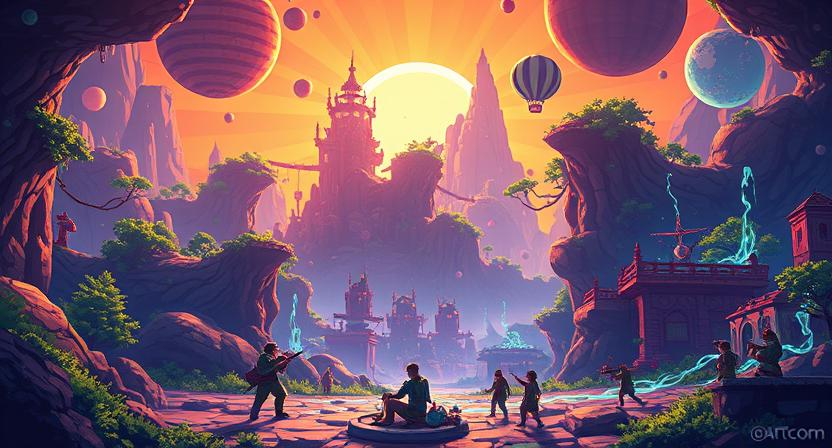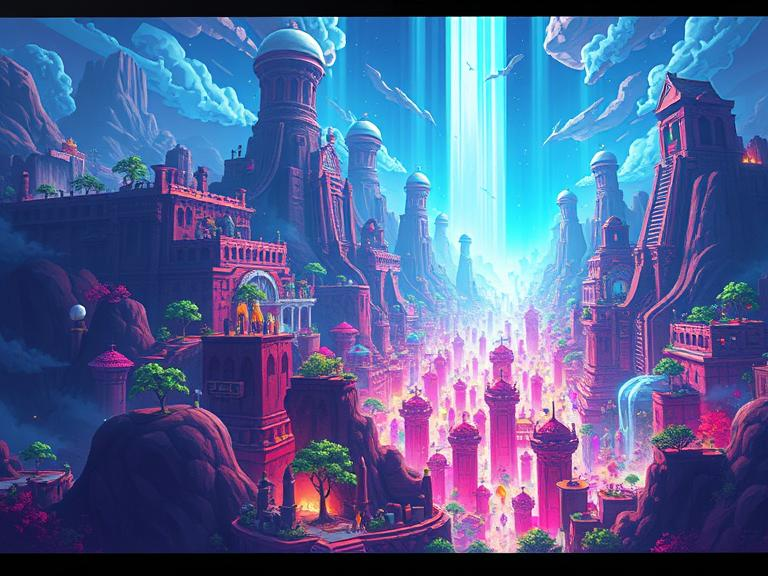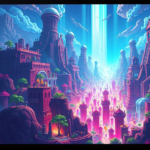World size often makes headlines, but world density—the amount of meaningful content per area—is what truly defines a compelling open-world experience. A massive map can feel lifeless without thoughtful design, while a smaller, dense world can be endlessly engaging.
In The Witcher 3, the world is large, but what makes it memorable is its density. Every village, ruin, and cave has a purpose—whether it’s a quest, a character, or a piece of lore. Exploration feels rewarding because it’s filled with handcrafted encounters.
Elden Ring takes density in a different direction. Its world is filled with subtle discoveries: hidden paths, mini-dungeons, ambushes, and optional bosses. It trusts players to explore organically, and the sheer frequency of meaningful content makes each journey unpredictable.
By contrast, some open-world games stretch content too thin. Repetitive fetch quests, generic enemy camps, or copy-pasted interiors reduce perceived density—even in beautifully rendered worlds. Players notice when content is shallow.
Key elements of high-density world design:
- Frequent and varied points of interest
- Environmental storytelling
- Discovery without reliance on quest markers
- Minimal filler or repetitive design
Density increases immersion. It encourages players to explore thoroughly, rewards curiosity, and supports multiple playstyles. A well-designed dense world doesn’t need to shout for attention—it naturally draws players in.
Bigger isn’t always better. A tightly crafted world with purpose and variety can leave a far deeper impression than a sprawling but empty map.






